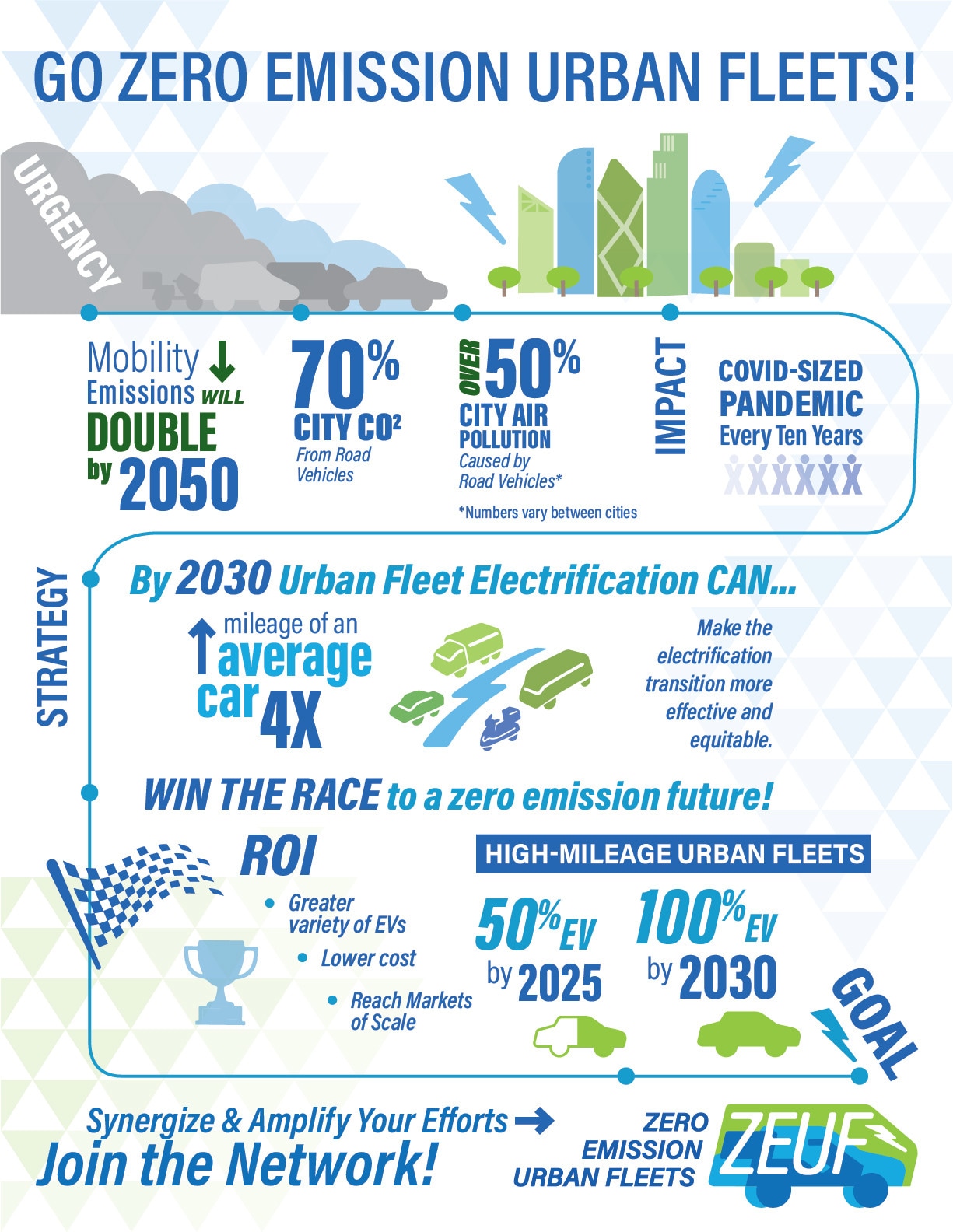By Tiya Gordon
- Predicted demand for Level 2 charging means the US will need at least 1 million plugs to support 48 million electric vehicles by 2030.
- EVs are becoming more affordable, but charging in cities – where most people live – is still a barrier.
- A profit-sharing model with building owners could be a scalable and equitable EV charging solution.
More and more people than ever before are buying electric vehicles (EVs), however, in the United States, most of them are white and wealthy. That is because the EV charging infrastructure itself carries biases. Convenient and affordable charging favours private homeowners who can easily have EV charging equipment installed on premises and use it to charge their cars safely and conveniently overnight.
For everyone else, especially those in urban areas, public charging is often the only option. But even here, bias lingers: it’s now reported that in the US, majority-white neighbourhood tracts are 1.4 times as likely as majority-non-white tracts to have a public charger.
The work ahead is clear: We need more chargers, and we need them everywhere.
DISCOVER
How is the World Economic Forum helping to scale vehicle electrification?Show more

Growing demand
It’s estimated that, in the US, demand for non-residential Level 2 charging will call for the installation of 1 million plugs to support 48 million EVs by 2030.
However, even the addition of 1 million public chargers might not be enough. By some estimates, that figure could even be as high as 2 million.
Today, EVs are more affordable than they’ve ever been, especially when you take into account the clean vehicle tax credit of $7,500. But unless city-dwellers know they’ll be able to charge their car, they are unlikely to trade in their ICE vehicle for an electric one.
A network of public charging stations
So how do we quickly and nimbly provide public charging for the approximately 40 million drivers who live in US cities? The answer is the creation of a prolific network of chargers where these drivers already park: in the streets.
To do so, we will need to overcome the barrier of building density to access the power needed for public charging. One way of doing that could be to convert existing street infrastructure (electrified street furniture). But this presents significant challenges. While Los Angeles has pioneered a method of repurposing streetlights for this purpose, it’s a solution that is contingent on a city’s specific electrical voltage characteristics. Los Angeles has a unique advantage in terms of its electrical infrastructure, namely the higher voltage capacity of its streetlights. The city’s streetlight network operates on a high voltage circuit (240V); most other cities in the US use lower voltage systems (120V) for their accessory feeds.
This higher voltage infrastructure in Los Angeles enables an easy conversion of streetlights into charging points for electric vehicles and is partially responsible for the incredibly high number of public chargers in California compared to the rest of the country. This approach would be far more complicated and costly in US cities that operate on a lower voltage system. These cities would face costly and time-intensive upgrades to deploy the same solution as in Los Angeles.
From barrier to solution
But what if the building density that creates the urban charging barrier could become the solution?
Almost every building can easily power a level 2 EV charger, since it is the same power pull as a standard US household appliance, such as an electric clothes dryer or an electric range. This innovative shift in thinking could be a game-changer when it comes to how some cities in the US could tackle their public charging challenges.
Using a unique charger solution that partners with urban property owners creates a scalable model for curbside charging in urban areas, and relieves some of the burden on cities to retrofit utility poles. These novel charging posts can be installed with speed, scale, and most importantly, in an equitable way on curbs across the country.
This business model could also garner a lot of community support, since each charger installation would share its revenue with the property owner hosting the charger. With no upfront or operational costs, this passive income would allow property owners and buildings like schools, businesses and houses of worship to offset the majority of their annual electric bill just by hosting small bollard-style chargers on their curbside.
Innovating our way through the energy transition
Incentivizing adoption allows everyone, in every neighbourhood – regardless of median income or the presence of a driveway or garage – to walk out of their door and know that they can charge their EV.
As the US navigates a once-in-a-lifetime energy transition, innovation is required to ensure cities achieve their carbon-reduction targets. A novel way of making EV charging accessible across communities is exactly that type of innovation we need.
Link: https://www.weforum.org/agenda/2023/10/urban-ev-charging-infrastructure/?utm_source=pocket_saves
Source: https://www.weforum.org
















Leave a Reply